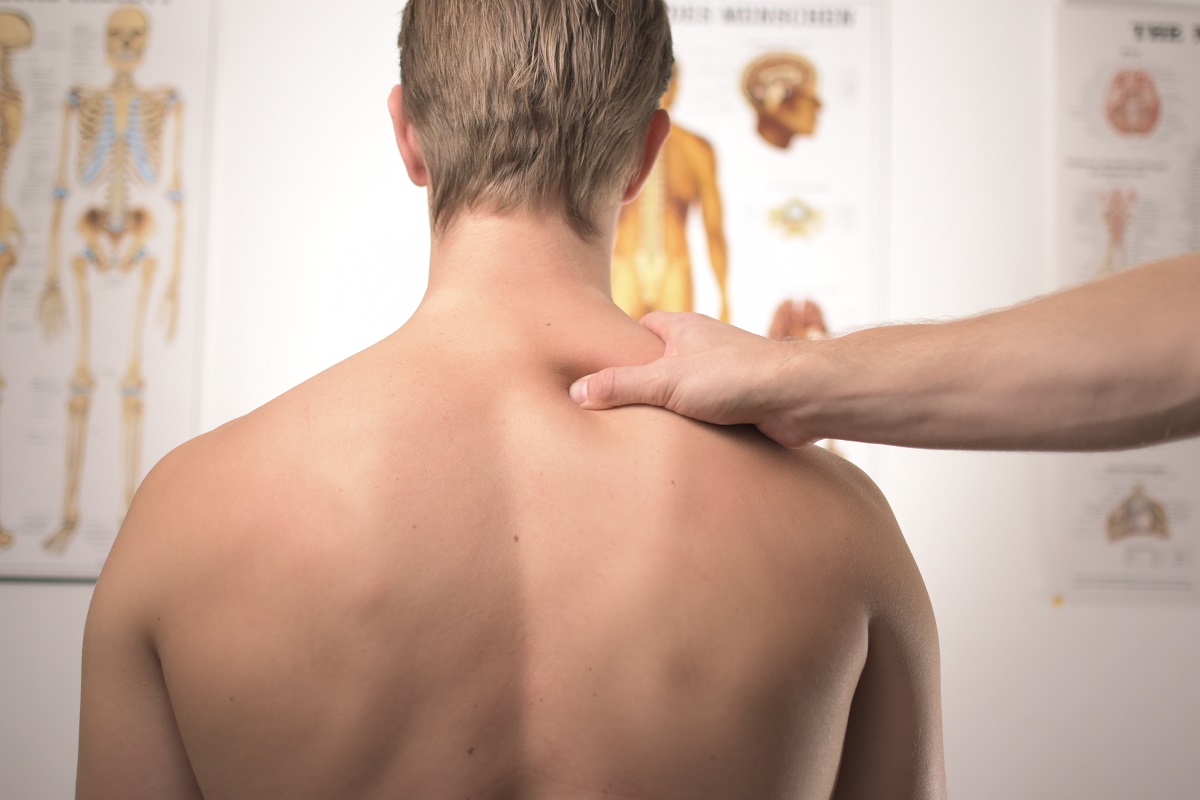If you have an acute or ongoing problem with your spine or other parts of your body, your first order of business is to get rid of the pain or discomfort and get back to your daily routine. Chiropractic care is always an option, and can provide some immediate and ongoing pain relief, but it isn’t necessarily a permanent fix, especially with serious underlying medical issues. Here are a few examples of spinal conditions and the type of treatment you may wish to access.
Degenerative Disc Disease
If you’ve been experiencing pain in your back, you know how debilitating that can be. Your regular doctor will likely order a CT scan or MRI to make a definitive diagnosis. If that diagnosis turns out to be degenerative disc disease, your doctor will refer you to a spine specialist to come up with the proper treatment plan.
Treating degenerative disc disease is often a multifaceted process. You may be able to see a chiropractor for temporary muscle pain relief. Another option may be cortisone shots or epidural injections in your spine, shoulders or other areas of degeneration. Prescribing pain medications or anti-inflammatory meds and muscle relaxers is also another option. A TENS unit may also help alleviate aggravating nerve pain. Massage therapy, as well as hot and cold therapy, may also be an option to help you cope with the bothersome effects of the condition.
Arthritis
Sometimes pain in the back has a cause that isn’t always definitive or visible on an X-ray. If you have a pre-existing injury, that particular area may be vulnerable to arthritis. This type of inflammation of the joints can easily lead to pain and plenty of discomfort. Here are a few common symptoms of arthritis:
- Joint tenderness and stiffness
- Restricted range of motion in a particular area
- Pain and swelling in the joint or one particular area
- Joint areas that are hot or warm to the touch
Any of these signs should prompt you to call your rheumatologist. In some cases, chiropractic care can help alleviate pain in certain areas. A qualified rheumatologist or orthopedist should be your primary contact for any issues affecting your particular type of arthritis. Musculoskeletal issues and injuries can be can be difficult to treat that is why getting the right medical attention right away can quickly get you evaluated and send you home with proper diagnosis.
Pinched Nerves in Your Back
If you’ve got a pinched nerve in your back, the pain can be unbearable, and getting any form of instant relief is always recommended. Because of the invasiveness associated with back surgery with, many people put off even having a surgical consultation. In reality, back surgeries have become more simplified through the years. They are less invasive, and the recovery time has improved. Keep an open mind about it and have your surgeon answer all your questions about the surgery and recovery time before you make any final decisions.
Scoliosis
Scoliosis is a sideways curvature of the spine. It is often diagnosed in the teen years, although adults can also develop it. Scoliosis can be serious, because it can greatly affect your posture, be physically debilitating, and lead to certain physical limitations that can affect you for the rest of your life. It’s important to get treated right away. Early on, braces, physical therapy, chiropractic care procedures, and/or other forms of holistic therapy may be able to help with the pain and anxiety associated with scoliosis, and in some cases may even be able to help manipulate the spine enough to straighten it out properly. But surgery is almost always recommended at some stage past the initial diagnosis.
Pain involving areas of the spine can truly cripple your lifestyle. It can make it hard to function and the recovery time can be lengthy. Learning to use both holistic and natural ways to help deal with pain, in addition to surgical consultation, is the best balance of the two.
Consideration was received for the editing and publishing of this article
Photo by Jesper Aggergaard on Unsplash




